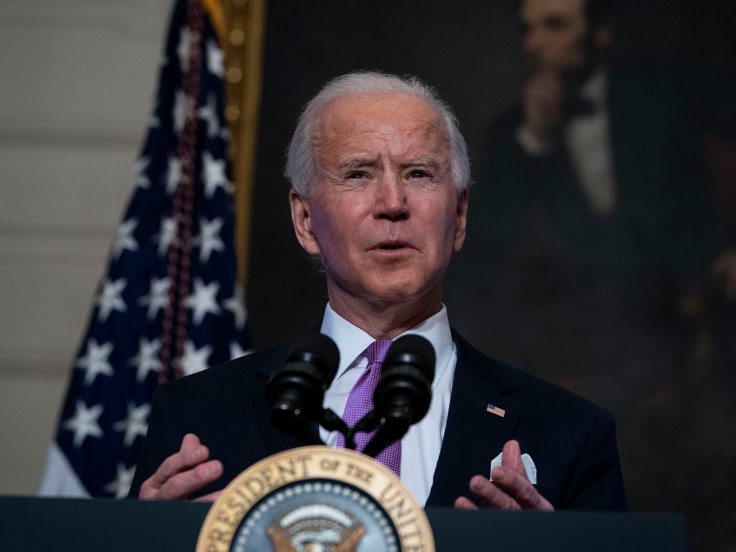In a recent meeting at the White House, President Biden expressed his strong disapproval of The New York Times' coverage of an explosion near a hospital in the Gaza Strip.
The meeting, which took place in the Roosevelt Room of the White House and reportedly involved discussions with Wall Street executives, centered on the newspaper's claims that Israel was responsible for the explosion. President Biden was particularly disturbed by what he deemed an alarming headline in an American newspaper.

The original headline in question, published on October 17th, read: "Israeli Strike Kills Hundreds in Hospital, Palestinians Say." According to a report in Semafor, President Biden found this headline to be irresponsible, fearing it could potentially escalate tensions in the already volatile Middle East.
Semafor, a source close to the President, revealed that he was deeply concerned about the headline's potential consequences. It's reported that within the same day of the headline's publication, prominent Arab leaders canceled their planned meeting with President Biden. The New York Times faced significant backlash not only for the headline but also for its overall coverage of the explosion.
The newspaper's initial report, citing information from the Hamas-run Gaza Health Ministry, claimed that Israeli airstrikes had caused an explosion in a Gaza hospital, resulting in the deaths of hundreds of people. Israel vehemently denied these claims and presented evidence suggesting that the Palestinian Islamic Jihad was responsible for the blast. US intelligence too confirmed the claim stating that Israel was not behind the explosion.

Subsequently, The New York Times issued a lengthy editor's note, apologizing for relying on unverified claims made by Hamas. The newspaper admitted that its initial accounts had attributed the claim of Israeli responsibility to Palestinian officials and noted that the Israeli military was investigating the incident.
However, The New York Times acknowledged that their early reporting had heavily relied on claims by Hamas, failing to make it clear that these claims could not be immediately verified. This, in turn, left readers with an incorrect impression of the situation and the credibility of the account.
Semafor's report also included information suggesting that The New York Times had faced internal pressure from its staff to refrain from using figures from the Gaza Health Ministry in their stories. However, it was noted that "independent journalists" argued that the Health Ministry's numbers were largely consistent with other reports, despite its connections to Hamas.
Semafor's report mentioned that President Biden's meeting with Wall Street executives was primarily aimed at managing a key domestic political constituency that had been withdrawing funding from universities due to concerns over their response to the Hamas terrorist attacks.








